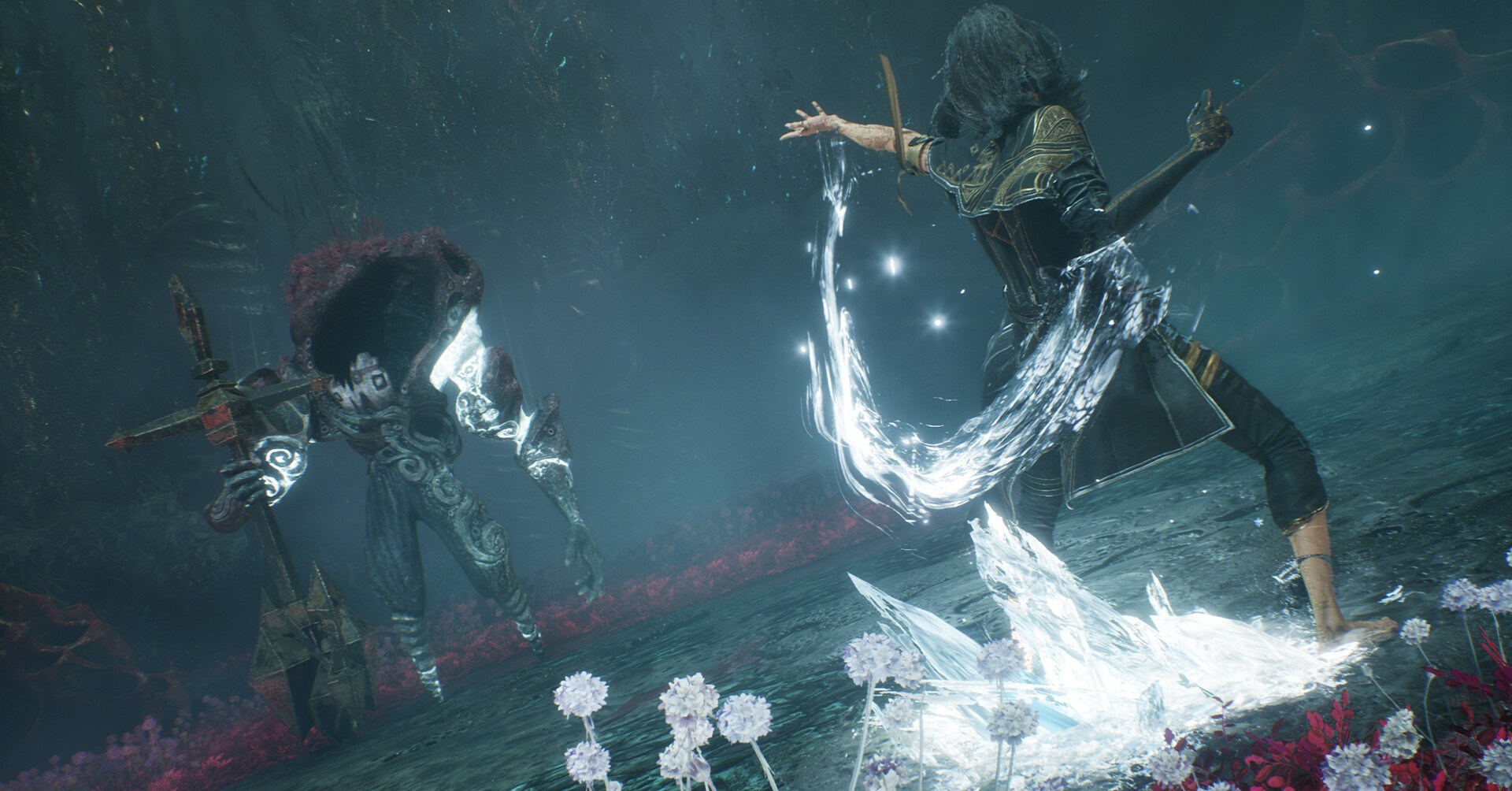How do you put the expedition into a game like Clair Obscur: Expedition 33? For writer Jennifer Svedberg-Yen, it meant rethinking classic RPG party types like they were the cast of Armageddon — a dynamic she understood on an unexpectedly personal level.
“This sounds so random, but I did a brief NASA simulation where I was an analog astronaut,” Svedberg-Yen tells Polygon. “I was simulating a mission to an asteroid at NASA’s compound in Houston. And as part of that, I got to experience being part of a small [crew]. And so I did base some of my thinking around what kind of people you would send on an expedition where it’s not necessarily all military. Our expedition wasn’t going to be all soldiers. There had to be people who had jobs and were transferring those skills into an expedition where it’s not just about killing things, but about understanding and figuring out who the Paintress is.”
Even in a story-rich fantasy game where player investment is everything, mechanics drive character. There were some obvious starting places: Svedberg-Yen says from the beginning she and game director Guillaume Broche “really wanted someone with some sort of elemental magic, someone who would have more swords and guns and things like that.” Which is good, because we all also wanted that.

At the nexus of turn-based combat mechanics, fantasy world-building, and NASA space mission staffing, Svedberg-Yen found her cast. She needed an engineer, so Gustave was born. Sciel, a farmer, could take care of the meals. To check that elemental-magic box, Svedberg-Yen invented Lune, whose powers made her a natural research scholar. Even as the characters, story, and mechanics evolved, remnants of those early ideas stuck around.
“Sciel was initially supposed to be an archer,” Svedberg-Yen says, “so I wrote dialogue for her where she takes philosophies about archery but makes it a little bit broader — that’s actually still in the game. When she’s talking about ‘seeing.’ And then Guillaume later took that and changed that into Foretells, he changed the mechanic. So there was a bit of back and forth with how things evolved.”
Expedition 33’s unique structure — and the major twists after Act 1 — allowed Svedberg-Yen and Broche to further upend the expectations of a traditional RPG cast. Mainly, there’s no main character with a supporting crew in orbit around them.
“In Act 1, the main character presumably is Gustave. In Act 2, it’s Verso. Presumably, in Act 3 it’s Maelle. I’ve always described it as Maelle is the hidden main character, Gustave is the decoy main character, and Verso is the main character, but not really the main character. What’s great is I think they all share the spotlight and depending on who you identify with, that person’s story is the main character to you. I think it leaves something up for the players to interpret.”
Svedberg-Yen can’t say if there’s a future for these characters or even sequel potential for Expedition 33 (maybe for the “Clair Obscur” name, but even that’s way off as the Sandfall Interactive team focuses on squashing bugs and optimizing the game they just published). But her pursuit of creating fresh, interesting characters feels like a success.
“Our story has a beginning, a middle and end. And I think it all ties together nicely. So it works as a standalone story.” But if we asked really nicely for more time with Maelle? “[Laughs] I think we’re all creative, so we can come up with solutions.”
The post How a NASA simulation inspired Clair Obscur’s character lineup appeared first on Polygon.




